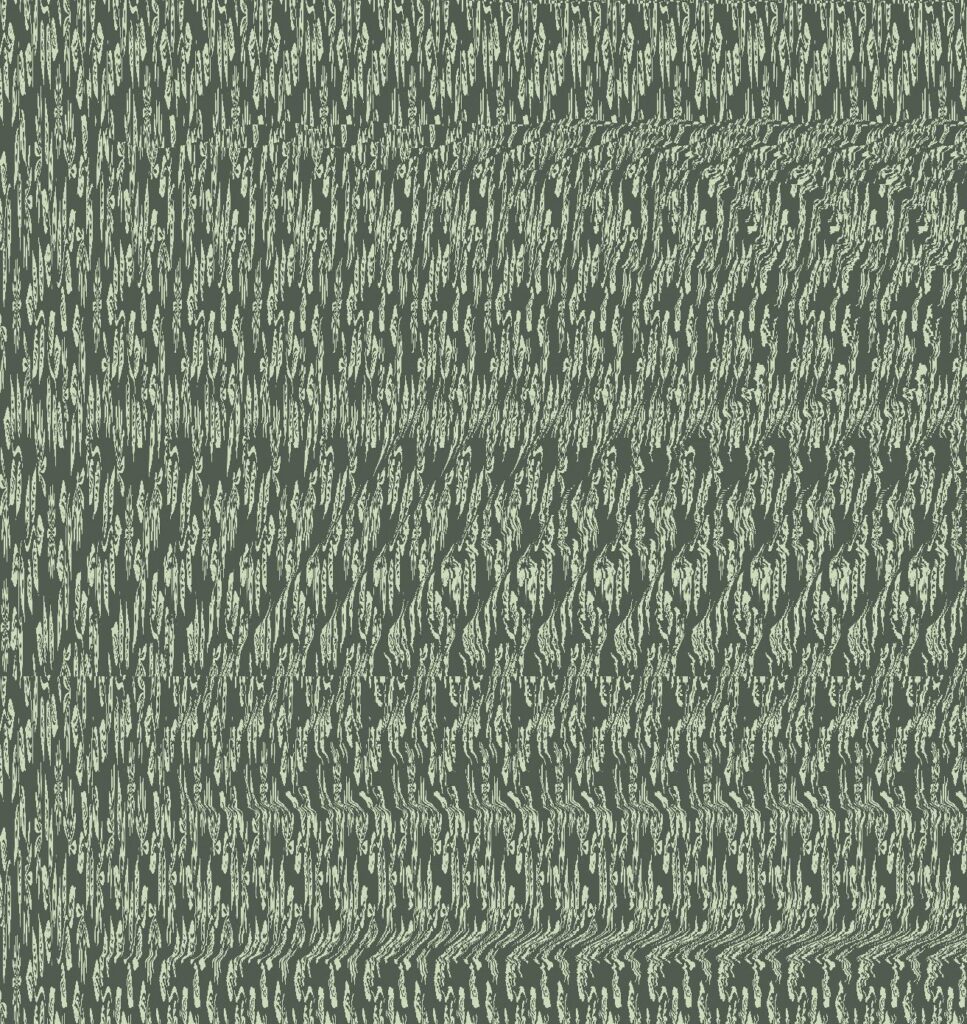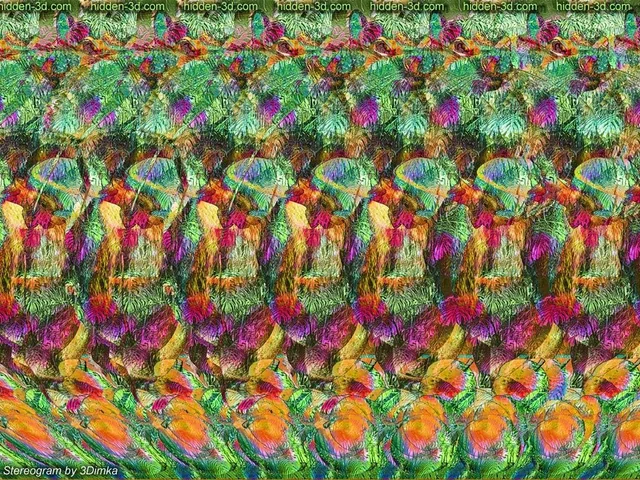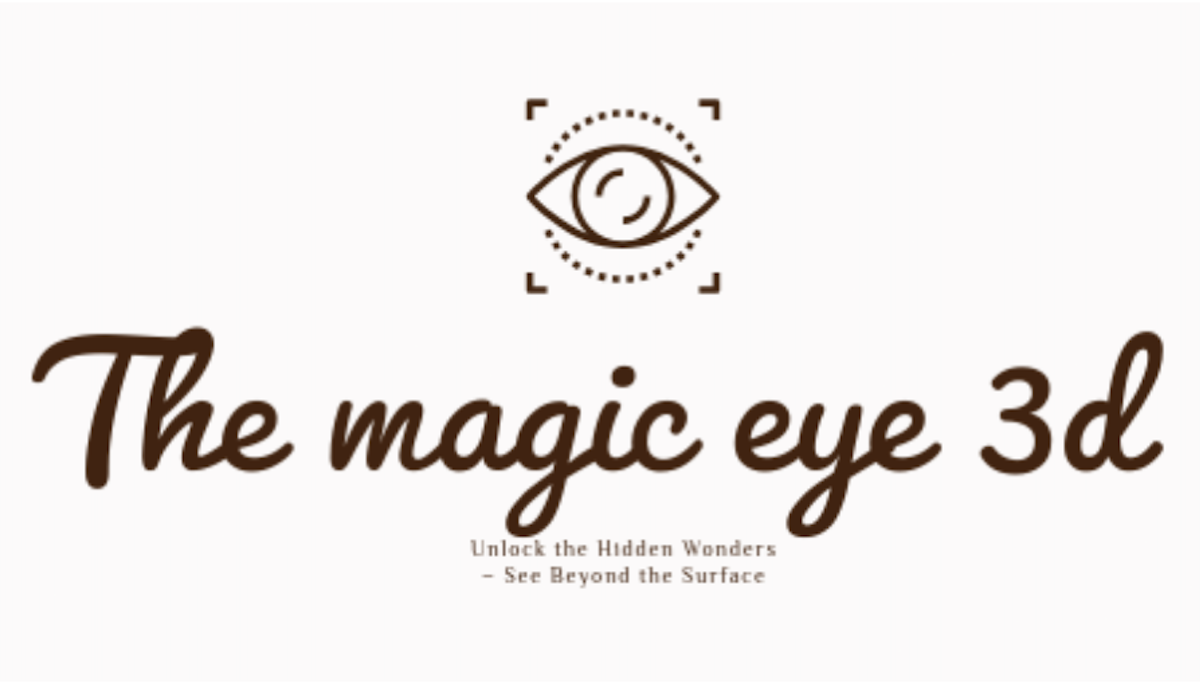Advanced Stereogram Viewing Techniques Explained
Have you ever stared at a Magic Eye image hoping to see the hidden 3D picture leap off the page—but nothing happened? Don’t worry; you’re not alone. Stereograms can be tricky, but with the right techniques, anyone can learn to master them. In this article, we explore advanced stereogram viewing techniques, explain how they work, and guide you step-by-step to unlock stunning optical illusions with ease.

What Are Stereograms?
Stereograms are optical illusions designed to trick the brain into seeing a three-dimensional (3D) image hidden inside a two-dimensional (2D) pattern. These images are often referred to as autostereograms, and they work by exploiting the way our eyes perceive depth. When viewed correctly, a hidden image appears to float or pop out of the page.
Stereograms became massively popular in the 1990s thanks to the Magic Eye book series, but the science behind them has roots in the 1800s. Today, photographers and digital artists still use stereograms as fascinating tools for visual exploration and cognitive engagement.
Mastering the Basic Viewing Methods
If you’re new to stereograms, it’s important to start with the basics. There are two primary methods for viewing a stereogram:
- Parallel Viewing: Also called “divergent viewing,” this involves focusing your eyes as if you’re looking at something far away behind the image. It’s the most common method for Magic Eye pictures.
- Cross-Eyed Viewing: This technique requires you to cross your eyes slightly to bring the two images into alignment. It’s often used for side-by-side stereogram pairs, rather than single-image autostereograms.
Practicing these basic methods helps train your brain and eyes to work together. However, to take your stereogram viewing experience to the next level, try incorporating more advanced strategies.
Advanced Stereogram Viewing Techniques
Ready to enhance your 3D vision skills? These advanced stereogram viewing techniques will speed up your success and clarity:
1. Use Peripheral Vision
Instead of focusing directly on the image, try letting your eyes relax and stare through the picture while paying attention to your peripheral vision. This relaxed state allows your brain to process the repeating patterns and unlock the hidden 3D form more quickly.
2. Blink Rapidly to Reset Focus
If your eyes start to strain or you lose focus, rapid blinking can help reset your eye alignment. Blink a few times and start fresh. It refocuses your gaze without causing discomfort.
3. Layer-Focusing Technique
Hold a pen or finger in front of the stereogram image, about halfway between your eyes and the page. Focus your gaze on the pen, then slowly adjust your focus so the image is in the background while still keeping your eyes relaxed. This method creates a natural focal shift and helps “pop” the 3D image into view.

4. Adjust Lighting and Distance
Make sure you’re viewing stereograms in well-lit settings. Poor lighting can cause eye strain and hinder depth perception. Also, experiment with different viewing distances—start from 30-40 cm away and move closer or farther until you find your sweet spot.
5. Practice with Mirror Techniques
Advanced viewers sometimes use small handheld mirrors to aid in cross-eyed viewing of side-by-side stereograms. By holding a mirror at a 45-degree angle next to one eye, you can direct the image from one side over the other, achieving perfect alignment without eye strain.
Improving Your Stereogram Experience
Success with stereograms, especially complex ones, varies from person to person. But like any visual skill, regular practice leads to improvement. Here are some extra tips to keep in mind:
- Start with simpler stereograms—the ones with high contrast and bold 3D shapes.
- Limit initial viewing sessions to avoid eye fatigue.
- Use online stereogram viewers or stereogram apps that provide animated guides.
- Keep your screen or page clean to reduce distractions and glare.
Most importantly, stay patient and enjoy the process. Stereograms are not just tricky pictures—they’re also fun, meditative, and great for brain training!
Conclusion: See the Hidden World in 3D
Learning advanced stereogram viewing techniques is like unlocking a secret superpower. With patience and the right approach, you can train your eyes to explore complex 3D illusions hidden in plain sight. Whether you’re a casual viewer or a visual artist exploring perception, stereograms offer a delightful challenge that sharpens your focus and appreciation for optical art.
So grab your next Magic Eye image, sit back, and use these viewing techniques to reveal the layers of visual wonder—and maybe impress friends with your 3D-detecting skills!

